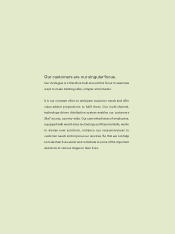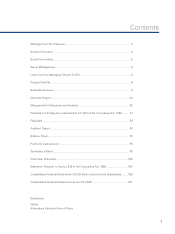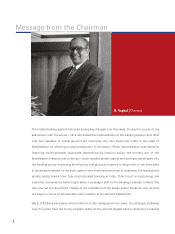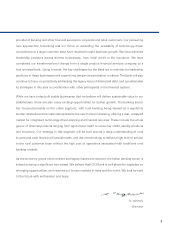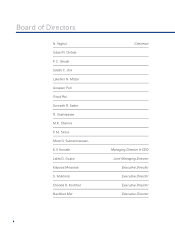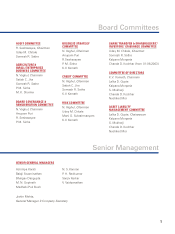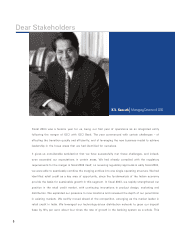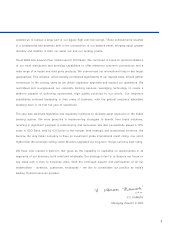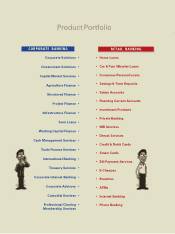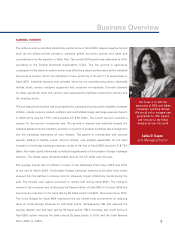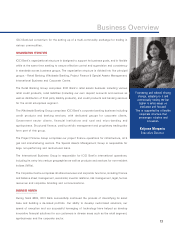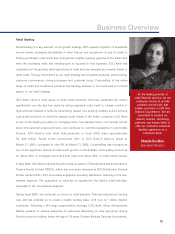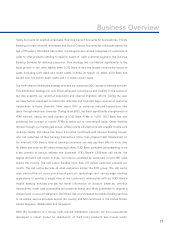ICICI Bank 2003 Annual Report Download - page 11
Download and view the complete annual report
Please find page 11 of the 2003 ICICI Bank annual report below. You can navigate through the pages in the report by either clicking on the pages listed below, or by using the keyword search tool below to find specific information within the annual report.
9
Business Overview
ECONOMIC OVERVIEW
The Indian economy recorded satisfactory performance in fiscal 2003, despite negative factors
such as the below-normal monsoon, subdued global economic activity and trade and
uncertainties over the situation in West Asia. The overall GDP growth was estimated at 4.4%
according to the Central Statistical Organisation (CSO). The low growth in agriculture
consequent to the below-normal monsoon was offset by a robust performance by the industrial
and services sectors, which are estimated to have grown by 6.1% and 7.1% respectively in
fiscal 2003. Industrial recovery was primarily driven by the manufacturing sector, especially
textiles, steel, cement, transport equipment and consumer non-durables. Domestic demand
for basic goods like steel and cement was supported by highway construction activity and
the housing sector.
The non-agricultural recovery was accompanied by continued macroeconomic stability, moderate
inflation, orderly currency market conditions and comfortable foreign exchange reserves. Exports
in dollar terms rose by 17.9% and exceeded US $ 50 billion. The current account recorded a
surplus for the second consecutive year. The growth in exports was achieved despite the
subdued global economic situation, primarily on account of prudent exchange rate management
and the increasing importance of new markets. The growth in merchandise and services
exports, leading to healthy current account inflows, was partially responsible for the rapid
increase in the foreign exchange reserves, which at the end of fiscal 2003 stood at US $ 75.4
billion. Non-debt capital inflows also contributed significantly to the increase in foreign exchange
reserves. The Indian rupee remained stable vis-à-vis the US dollar over the year.
The average annual rate of inflation in terms of the Wholesale Price Index (WPI) was 5.8%
at the end of March 2003. Comfortable foreign exchange reserves and buffer food stocks
ensured that the deficient monsoon did not adversely impact inflationary trends during the
year. The interest rate regime continued to remain soft during fiscal 2003. The mid-term
review of the monetary and credit policy by Reserve Bank of India (RBI) in October 2002 had
announced a reduction in the bank rate by 25 basis points to 6.25%, the lowest since 1973.
The Union Budget for fiscal 2004 maintained the low interest rate environment by reducing
rates on small savings schemes by 100 basis points. Subsequently, RBI also reduced the
savings deposit rate and repo rate by 50 basis points. RBI’s monetary and credit policy in
April 2003 further reduced the bank rate by 25 basis points to 6.0% and the Cash Reserve
Ratio (CRR) to 4.50%.
Our focus is to fulfil the
aspirations of NRIs and Indian
companies operating abroad.
We are all set to navigate new
geographies to offer support
and services to the Indian
diaspora all over the world.
Lalita D. Gupte
Joint Managing Director


